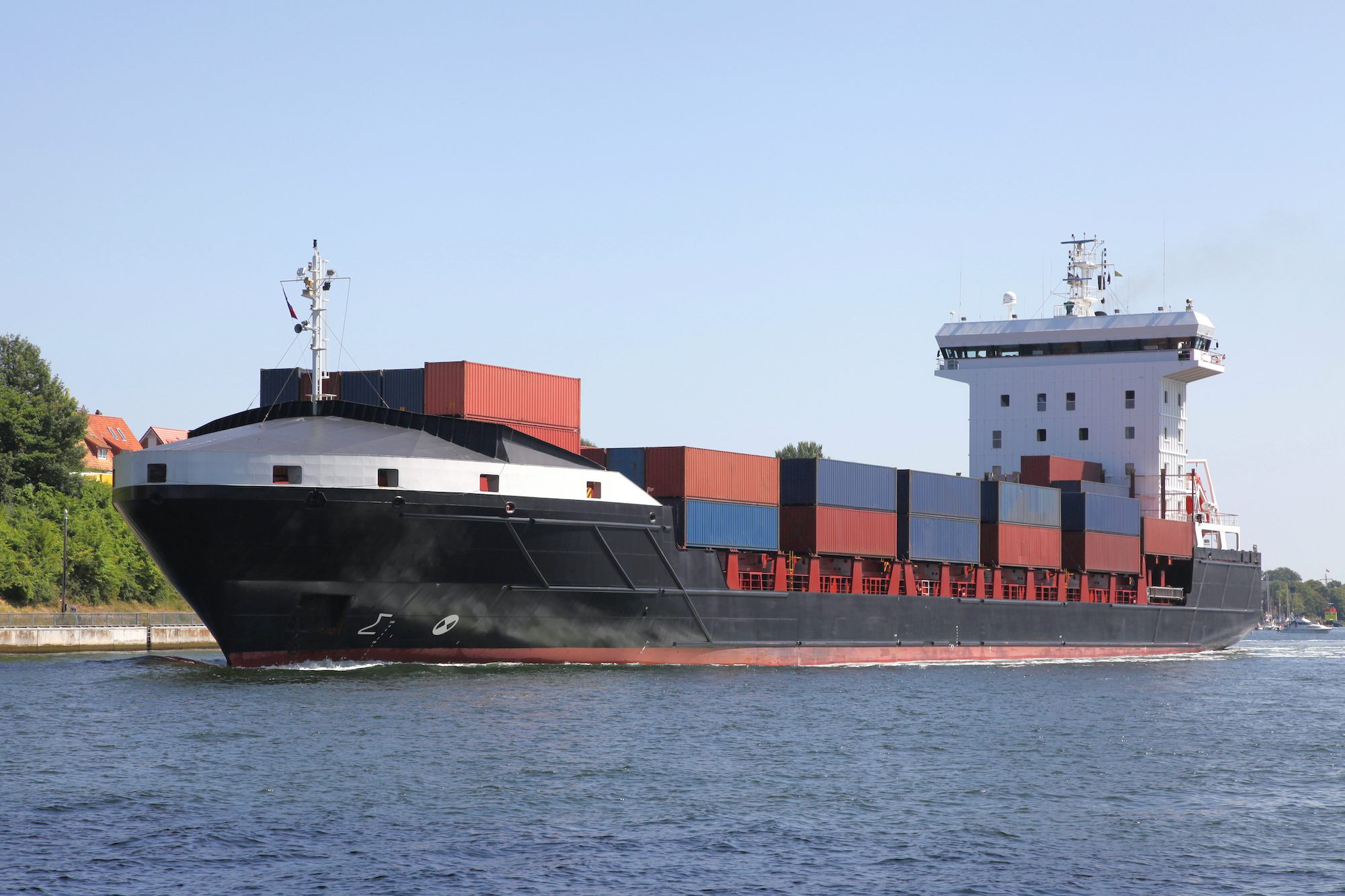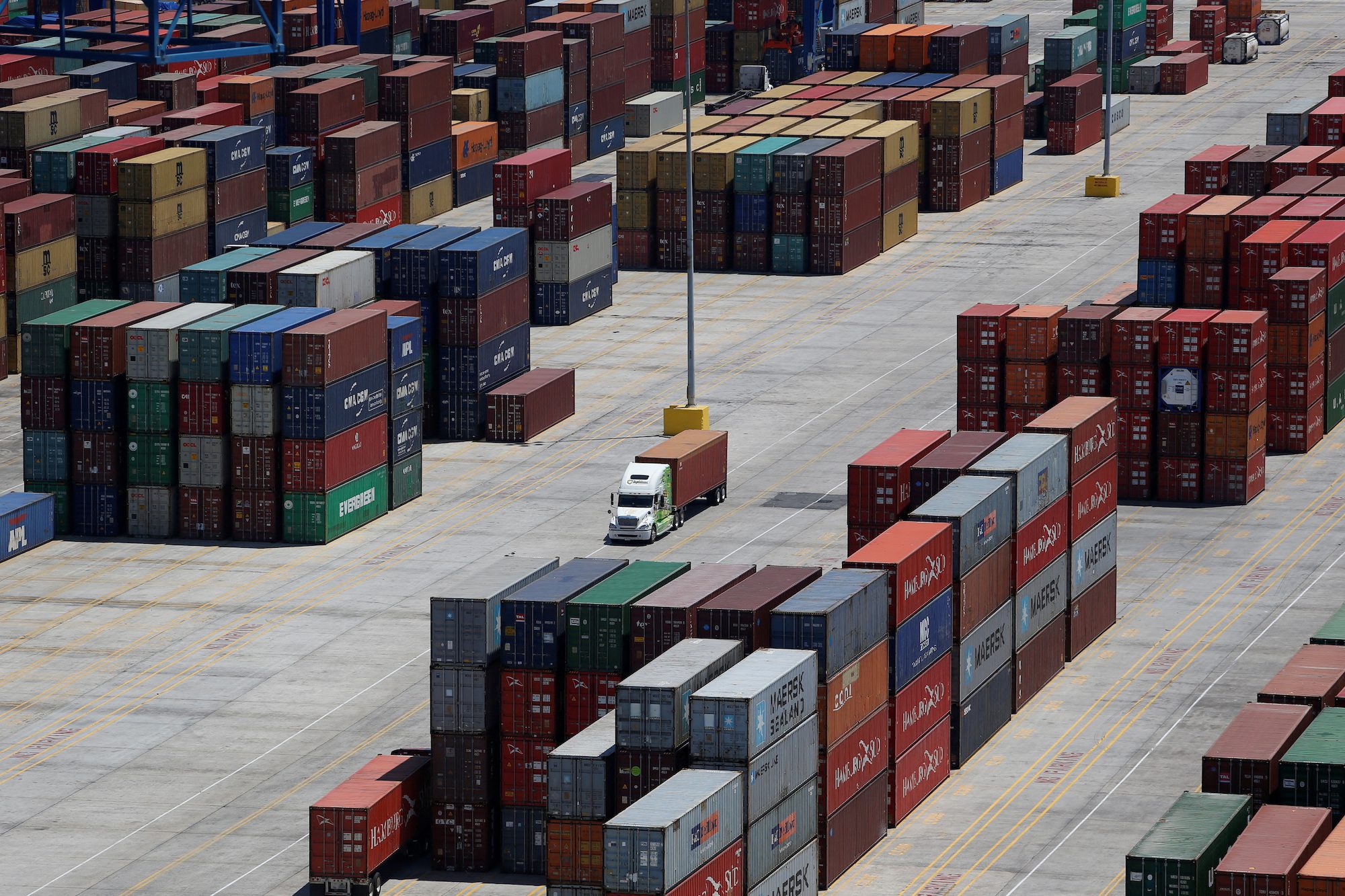By Ira Breskin –
With operators of feeder containerships likely in 2023 to reduce capacity of vessels serving secondary ports, they effectively would cut costs and raise rates, according to a leading industry expert.
“What we could see are potential capacity issues when it comes to smaller vessels,” said Lars Jensen, CEO and partner of Vespucci Maritime, an industry consultancy based in Copenhagen.
Carriers logically could cut capacity to reduce emission-abatement costs, for themselves and shippers, and improve margins, Jensen said during a recent webcast, the Global Shipping Report: Analysis of 2023 Outlook, hosted by The Journal of Commerce.
The European Union shortly is expected formally adopt Emissions Trading System rules requiring carriers operating within its jurisdiction to collect carbon 2023 emission-based fees from shippers beginning in early 2024.
The first vessels to reduce or discontinue service will be the smallest, oldest feeder ships that produce disproportionately high carbon emissions. This makes these ships poor candidates for retrofitting their pollution abatement equipment, and prime candidates for scrapping, Jensen said.
Likely service cutbacks, which bolster rates, also would help operators defray high costs that they initially incurred when chartering vessels, several years ago, at the peak of the cycle.
Wan Hai Lines Selling 10 Feeder Containerships for Scrap
Recently, six to 12 month charter rates for 1700 TEU feeder vessels have fallen dramatically from year-ago levels, reflecting reduced demand.
Operators reducing a feeder vessel’s cruising speed, or “slow steaming,” will cut its service/capacity by as much as 10 percent by late 2024, Jensen said. Slow steaming also disproportionately reduces vessel emissions.
Moreover, operators increase fleet compliance with pending carbon abatement rules by cutting scheduled service to smaller “out ports,” Jensen said.
Older feeder vessels, transporting containers between smaller feeder ports and major gateways, generate excessive emissions, as measured by the Carbon Intensity Indicator.
Regulators in January 2023 will begin using the IMO-mandated, vessel-specific annual CII score—data collection begins January 2023–to determine if a ship owner must implement a formal emissions abatement plan.
Feeder vessels’ high CII scores make them strong candidates for scrapping, which would further reduce capacity and bolster rates, given the paucity of newbuild orders.
Recognizing the likely reduction of feeder vessel capacity, Jensen urges shippers, when doing strategic planning, to consider the impact of reduced, higher-priced service.
Feeder ships routinely transport container cargo originating from, or destined to, secondary ports, particularly in Asia.
Consider, for example, that feeder vessels often transship Los Angeles-destined cargo originating in a small port, such as Manila, to the line-haul carrier in Hong Kong or Kaohsiung. After stowing the cargo, that vessel will deliver it to the destination port, Los Angeles/Long Beach, Jensen said.
To ensure reliable feeder ship service, maintain strong relationships with preferred carriers that arrange feeder service, said Becky-Wu Lee, senior manager, global logistics procurement, PepsiCo. Inc.
Ira Breskin is a senior lecturer at State University of New York Maritime College in the Bronx, NY and author of The Business of Shipping (9th edition, 2018), a primer that explains shipping economics, operations and regulations.

 Join The Club
Join The Club











